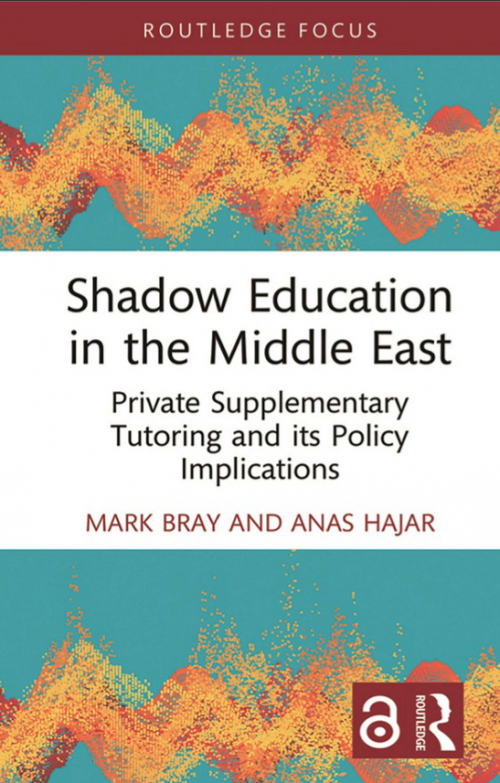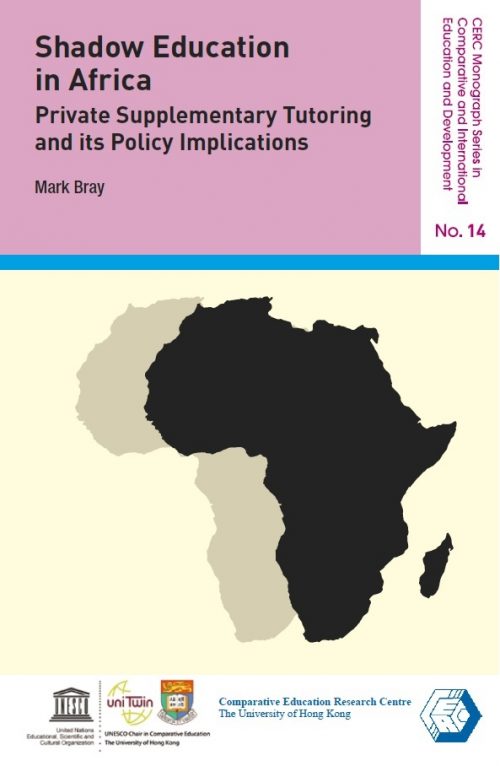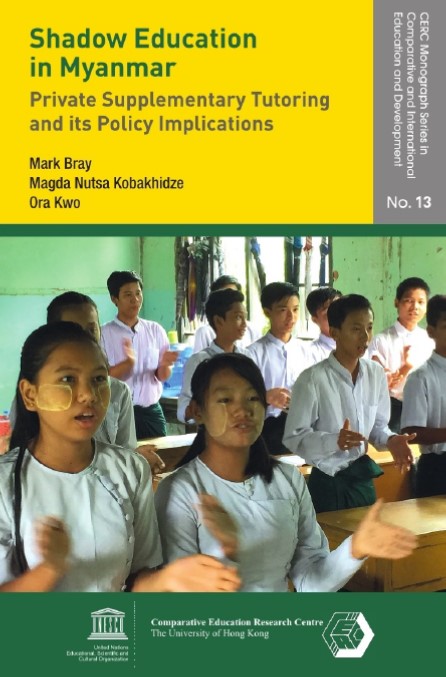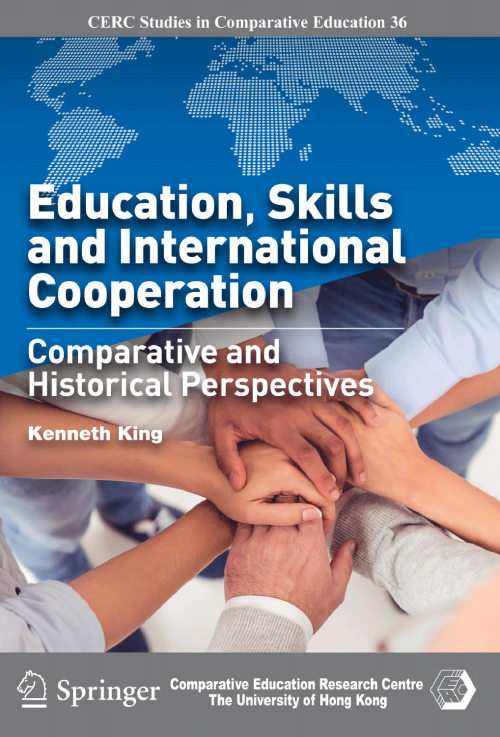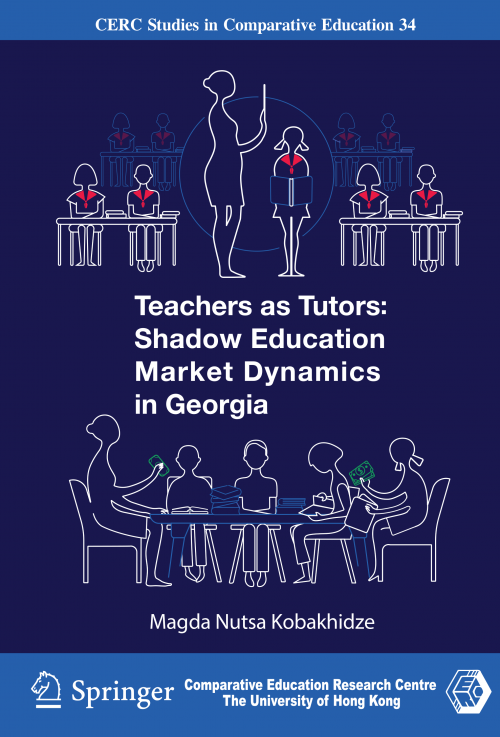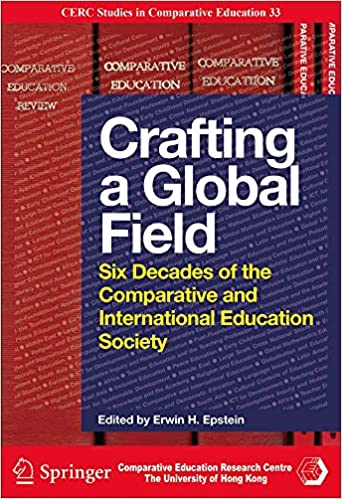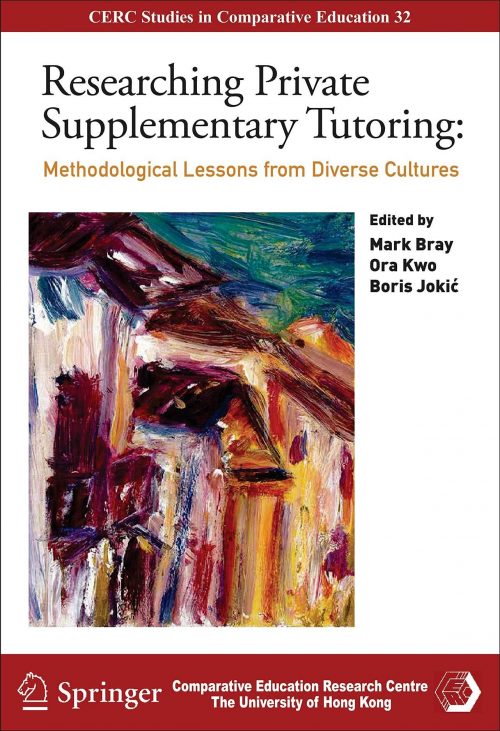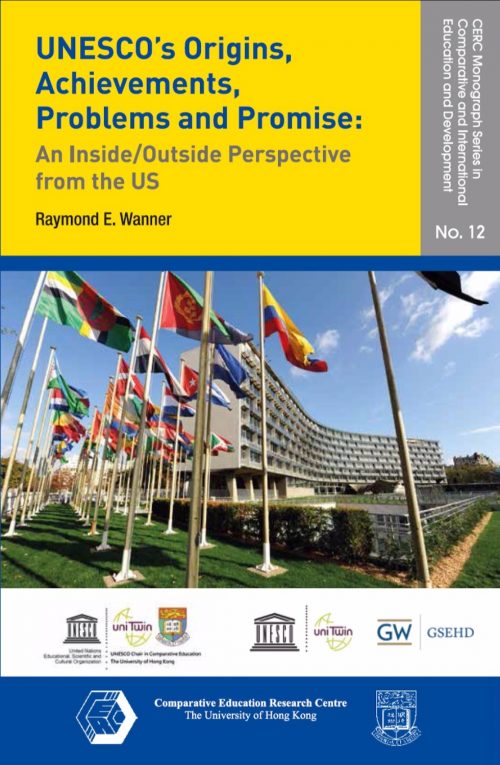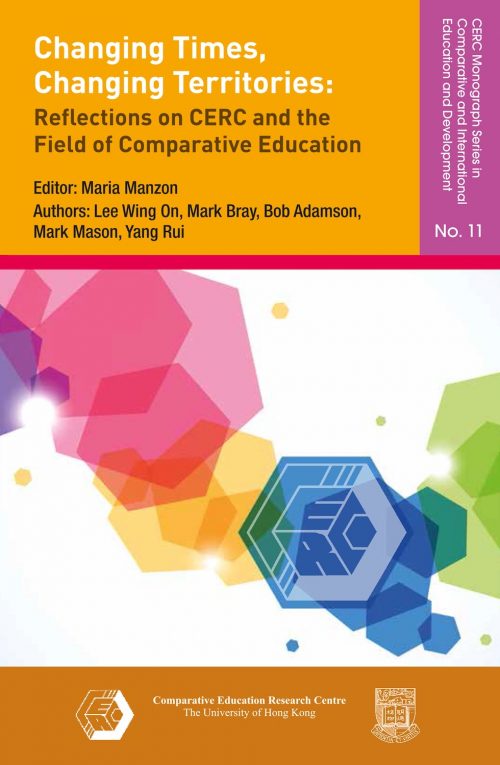Download the article:
 Cross-Cultural-Understanding-and-the-Listening-Intellect-Universities-Intellectuals-1-1-12-20.pdf
Cross-Cultural-Understanding-and-the-Listening-Intellect-Universities-Intellectuals-1-1-12-20.pdf
One of the greatest lessons of this COVID period for me has been the importance of learning to listen. The term “listening intellect” comes from Rajni Kothari, an Indian scholar who was one of the founders of the World Order Models Project in the 1970s, along with Ali Mazrui, Ashis Nandy and others at the Centre for Developing Societies in Delhi, India (Kothari, 1975). These scholars were mainly from what is now called the global south, then the non-aligned nations, following neither the Soviet Union nor the capitalist West in the Cold War, and they asked to be heard.
Listening sounds like something simple, but the term “intellect” suggests how demanding it is, requiring us to open our minds and hearts to the other at a deep level. Now that we have been under the restrictions necessary to controlling the pandemic for more than a year, we are finding more opportunities to listen than ever, with many academic meetings and social justice initiatives presented on-line with free global access. So how do we develop what is truly a listening intellect and what kinds of new thinking for our work in comparative education might come out of it? In this short reflective paper I will share my personal experience of listening in developing my research on Chinese-Western educational interaction, and some thinking related to history and method in my chosen field of comparative education that has developed out of this.
Comparative Education has often been seen as rooted in the thinking and initiative of the French scholar Marc Antoine Jullien in the early 19th century. He became excited about the idea of a science of education, parallel to Auguste Comte’s idea of a science of society, and planned to collect statistics about all aspects of “modern” education emerging in Europe at the time. While the center he envisaged was not realised until the 1920s, the field of comparative education has tended to be associated with that time period and the rise of modern nation states in Europe. However, historical reflection makes clear that cross cultural communication in education goes back more than two millenia, and terms such as nation state that emerged at that time may prevent us from listening intelligently to the rich cultures that formed the roots of the field. Listening involves understanding at a deep critical level and recognizing that countries or regions such as India, China, Africa and the Middle East made huge contributions to educational thought from an early period, and may need to be understood as civilization states or state nations, concepts quite distinct from the modern nation state. It also involves learning the languages of other cultures and connecting to what cannot be easily translated.
Let me also say at this point that profoundly intelligent listening does not mean giving up one’s own heritage and language for another, but rather opening up that heritage to enrichment and extension. That was my experience, being brought up in a traditional Christian family and community. When I moved to Hong Kong in 1967 and began learning Chinese, I was deeply attracted to Confucian culture, and worked hard to learn classical Chinese so I could understand it as fully as possible. Confucius left a short autobiography which has remained in my mind and heart ever since. Given my current age, I share with you the last two lines: “From sixty, my ear was attuned; from seventy, I could give my heart and mind free rein, without overstepping the boundaries” (Ames & Rosemount, 1998, p.77). This passage highlights the importance of learning to listen, while it also expresses the experience of Confucius toward the end of his life when reaching a point when all his personal desires were in full accord with Heaven. In this last phrase I found a deep connection to my Christian heritage and an ancient Christian prayer containing the paradoxical phrase “Whose service is perfect freedom” (Collect for Peace, 1986, p. 57).
Let me now turn to the field of comparative education and how it enabled me to bridge the East Asian and Western worlds. When I began my studies in the late 1970s and early 1980s, there were two main paradigms: the value neutral positivist frame of modernization theory, following scholars such as Parsons and Eisenstadt, and seeing educational investment as essential to economic prosperity and the critical frame of Marxism and neo-Marxist concepts of dependency and world system. While I was uncomfortable with the value neutrality of positivism, I also had difficulty with the tendency to economic determinism in Marxist theory. It was thus exciting to see the emergence of the World Order Models Project (WOMP) led by scholars affiliated with the non-aligned movement of the 1970s, who created the idea of a non-Marxist socialism and extended the Marxist critique beyond the history of capitalism to the Soviet empire with Galtung’s “structural theory of imperialism” (Galtung 1971).
This provided a frame that was particularly helpful in reflecting on China’s historical experience. The imposition of Soviet patterns there in the 1950s had proved even more bruising than those of European powers earlier in the century and resulted in an unprecedented eruption of violence in the Cultural Revolution. As China was reopening to the world, my deep concern was to see forms of educational interaction that would enable China to prosper and enter into mutually respectful and mutually enriching relations with others in the global education community.
WOMP scholars pioneered a holistic and value-explicit approach to social theory, distinct from either the value neutrality of functionalist modernization or the Marxist tendency to the economic determinism of values. They believed scholars had the responsibility of establishing a set of agreed upon human values for a preferred future or relevant utopia and then analyzing social change processes on the basis of how far education or other social reform endeavors moved towards these preferred values. The values of equity, autonomy, solidarity, and participation were agreed upon at an early period (Kim, 1984). This framework proved extremely helpful for collaborative research with Chinese scholars on China’s experience of development projects with a range of Western countries and Japan after Deng Xiaoping’s opening up in 1978. It took us beyond the value neutral measures of efficiency and effectiveness to a value explicit exploration of the degree of mutuality of learning in the pursuit of shared human goals (Hayhoe 1986b).
There may be reasons for tracing the history of comparative education as a university discipline to France in the early nineteenth century, but I believe it should rather be seen as part of the history of world civilizations and their interactions. The writing of Lê Thành Khôi, a Vietnamese scholar at the Sorbonne in Paris, took this approach in his influential article, “Toward a General Theory of Education” (Lê 1986). He recommended the development of a general theory of education on the basis of a cmparative study of education and society across all of the world’s civilizations over human history, with a focus given to peoples, ethnic groups and languages, the natural environment, modes of production, ideas and values, and international relations. Unfortunately, little of his work has been translated from French into English, yet it clearly foregrounded the emergence of the clash and dialogue of civilizations in the 1990s, and the new space for reflection on the contributions of non-European civilizations.
The dominant theories of modernization and neo-Marxism that had anticipated an inexorable process of secularization in social and educational change were challenged by these discourses around the dialogue of civilizations. It became clear that what does not change – or changes very slowly – are deep-rooted belief systems such as Judaism, Christianity, Islam, Hinduism, Buddhism, and Confucianism. The current situation of pandemic brings a deep awareness of the importance of emotional and spiritual listening as well as intellectual reflection, in other words Kothari’s “listening intellect”.
While Max Weber’s sociological thought has been criticized in relation to the imposition of Euro-centric theories on the field, it seems to me that Weber’s development of ideal types as a sociological tool for comparative analysis of the values of major religions & philosophical traditions, of such core concepts as modernization and the nation state, and of theories such as dependency or world system, may be extremely useful for comparative analysis (Weber, 1949). While Western sociological theory has tended to focus strongly on social change, yet what does not change, or what changes only very slowly, may provide the deepest insights into the potential for future educational development. Indeed, the ability to clarify core features of a persisting philosophical or religious system and identify its views of society, knowledge and the human person may provide deeper comparative insights than political or economic theories of change (Holmes, 1981).
To give one example, how could it be that the eight Confucian heritage societies of East Asia exhibit very similar patterns of classroom organization, teacher-student relations and parental involvement in education, in spite of the fact that six were capitalist and two were socialist? How could this similarity be so evident, when the colonial or neo-colonial influences of England, France, Portugal, the USA, and the USSR had shaped the modern education systems of these societies in such different ways (Hayhoe and Li, 2017)?
Ideal types are also illuminating when they are applied critically in order to show how they do not fit. If you take the concept of nation state, clarify its core features by reference to nations such as nineteenth century France, Prussia or Italy, and then apply it to India or China, it soon becomes clear how poor is the fit. One scholar developed a fascinating argument for defining India as a “state nation” rather than a “nation state,” through a study of the recent progress of Education for All (Panthaki 2016). Martin Jacques introduced the term “civilization state” to replace the concept of nation state for China (Jacques, 2009). Instead of imposing Euro-centric frames in ways that denigrate the unique educational heritage of different regions, everything that does not fit the ideal type can be highlighted in the process of refining alternative concepts. Ideal types are “made to be broken” and in the breaking of them our listening intellects may be rewarded by deep insights of comparative understanding (Hayhoe, 2011).
Sociological theories can also be utilised in an ideal typical form. Weber’s Protestant ethic and the spirit of capitalism was presented as a challenge to the economic determinism of the classical Marxist explanation of capitalist development in Europe (Weber, 1958). In parallel ways it is possible to take other Western derived theories and “break them” through identifying all that does not conform to the theory in a wide range of historical contexts. Given China’s bitter experiences of imperialism over a period of 150 years, one would expect that dependency theory would be useful in understanding the development of education over the twentieth century. However, what is most revealing when this frame is used to analyze China’s experience is all that it fails to explain (Hayhoe and Bastid 1987). While Britain was the main colonial power in terms of economic influence in early twentieth century China, it had minimal influence on Chinese education. Only in the 1950s, with a massive Soviet reconfiguration of China’s higher education system, were external influences imposed that enabled education to consolidate economic, political and social patterns of domination. This contradicted dependency theory and the Chinese chose to name it “Soviet social imperialism” when they sent the Soviet experts home in 1958 (Hayhoe, 1996, p. 98).
The listening intellect should thus enable us to engage deeply with educational ideas and visions arising from regions and cultures with very different philosophical and religious roots from those developed in Europe after the Enlightenment. There is an increasing awareness of the deep insights indigenous peoples are able to contribute in most regions of the world, also of the richness of African and Asian thought that was so evident in the work of WOMP scholars in the 1970s.
If comparative education has been confined mainly to West-centric sociological theories since it was established in the twentieth century universities, comparative higher education has been even more Western dominated. It arose in the 1950s and 1960s with the work of scholars such as Burton Clark and Martin Trow. The worldwide move to mass higher education after World War II, and the huge investment this involved on the part of governments, stimulated the comparative study of higher education. Clark’s (1983) definition of the continental and Anglo-American models of higher education, parallel to Guy Neave’s (2001) Roman and Saxon models, is helpful for comparative purposes, with the continental or Roman model characterizing systems of higher education that are integrated within the nation state, and the Anglo-American or Saxon model allowing for greater independence from the state. However, all are seen as based on the medieval European university tradition, with a range of hybrid versions. So far there has been little serious study of how China’s ancient civil service system might have influenced the development of the continental model in France and the widespread adoption of written entrance examinations in contrast to the oral examinations of the European tradition, what Nakayama (1984) defined as the rhetorical tradition as against East Asia’s documentary tradition.
With the rapidly increasing economic globalization that followed on the end of the Cold War, governments around the world have increasingly seen their higher education systems as a resource for competition in a global knowledge economy, and given escalating importance to the global ranking systems of higher education that emerged in the twenty-first century when deciding on funding allocations for their universities. The pursuit of “world class” status for the top layer has followed a common model, the so-called “global research university.” This is clearly a Western model rooted in Humboldt’s nineteenth century German university and American institutions such as Johns Hopkins. It has increasingly focused on the value of measurable research achievements, especially in the STEM disciplines, and led to an all-out Westernization of the top level of higher education around the world. Inadequate attention has been given to the quality of teaching, the student experience, and the nurturing of global citizens capacitated for service in a global knowledge society.
Fortunately, however, there has been a recent revival of interest in the role of the liberal arts, including moral and spiritual forms of knowledge that can empower young people to address current concerns around the environment, social cohesion, and world peace (Boyle 2019). This calls for a listening intellect that prioritizes voices from the diverse civilizations of regions such as the Middle East, Asia, and Africa as well as indigenous voices.
One approach to this is to identify alternative models of the university which have arisen historically and embraced a combination of Eastern and Western values. In searching for a suitable university title for Hong Kong’s Institute of Education as it was being upgraded to university status, I stumbled on the deep parallels to Confucian values that could be seen in France’s écoles normales, founded after the Revolution for the preparation of teachers to serve the first state-sponsored system of elementary education. This was a distinct alternative to the European university model and embodied such features as a focus on moral formation, an approach to knowledge that emphasized application and inter-disciplinarity, close personal relations between teachers and students, and direct accountability to the state (Hayhoe, 2002). No wonder normal schools and normal universities were widely adopted in East Asian societies as they modernized. It is still my hope that a country with China’s rising economic and cultural influence will promote this model globally through its leading normal universities (Hayhoe, 2017).
Another approach is to go deep into the spiritual and scientific traditions of the Indian monastic universities, first founded in Taxila in 700 BCE, and consider the enrichment they brought to the wider region over a long historical period. An example in the Chinese context was the expansion of opportunities for women’s scholarship, support for the empowerment of women and service to the most needy (Hayhoe, 2019). Currently the influence of this approach is evident in Malaysia’s Accelerated Program for Excellence (APEX), where “the idea of being world class is not defined by dominant neo-liberal concerns of occupying better positions in university rankings or league tables but in terms of addressing and providing sustainable solutions to the more immediate global problems in the areas of health care and poverty” (Wan et al., 2015, p. 273).
In conclusion, let me emphasize how both comparative education and comparative higher education can be enriched, both in terms of theory and content, by embracing the rich cultural and spiritual resources found in the dialogue of civilizations that emerged after the end of the Cold War. This was formalized by the United Nations in the name given to the year 2001, which might be seen as a turning point for both comparative education and comparative higher education (Hayhoe and Pan, 2001). Now, twenty years later, as we move into a post pandemic era, there is an even greater need for the listening intellect that will be crucial to realizing the Sustainable Development Goals set forth by the United Nations, also to peace building and the nurturing of citizens able to serve a global knowledge society.
Acknowledgements: The author wishes to acknowledge that some of the ideas presented here were developed for a longer book chapter, entitled “Comparative Education and the Dialogue of Civilizations,” in Beverley Lindsay (2021), Comparative and International Education: Leading Perspectives in the Field, (New York: Palgrave MacMillan). The Chinese translation of this article is published by the Comparative Education journal (比较教育研究) of Beijing Normal University.
References:
Ames, R. and Rosemount, H, The Analects of Confucius: A Philosophical Translation (New York: Random House, 1998
Boyle, Mary-Ellen. (2019). Global liberal education: Theorizing emergence and variability. Research in Comparative and International Education, 14(2), 231-248. https://doi.org/10.1177%2F1745499919846010.
Clark, Burton R. (1983). The higher education system: Academic organization in cross-national perspective. Berkeley: University of California Press.
Collect for Peace (1986) In Prayer Book and Hymnal According to the Use of the Episcopal Church. New York: Church Publishing House, p. 57
Galtung, Johan. (1971). A structural theory of imperialism. Journal of Peace Research, 8(2), 81–117.
Hayhoe, Ruth. (1986b). Penetration or mutuality? China’s educational cooperation with Europe, Japan, and North America. Comparative Education Review, 30(4), 532-559. https://doi.org/10.1086/446635.
Hayhoe, Ruth., & Bastid, Marianne. (Eds.). (1987). China’s education and the industrialized world: Studies in cultural transfer. Armonk: M.E. Sharpe.
Hayhoe, Ruth. (1996). China’s universities 1895-1995: A century of cultural conflict. New York: Garland Publishing Inc.
Hayhoe, Ruth., and Pan, Julia. (Eds.). (2001). Knowledge across cultures: A contribution to dialogue among civilizations. Hong Kong: Comparative Education Research Centre, University of Hong Kong.
Hayhoe, Ruth. (2002). Teacher education and the university: A comparative analysis with implications for Hong Kong. Teaching Education, 13(1), 5-23. https://doi.org/10.1080/1047210120128555.
Hayhoe, Ruth. (2011). Made to be broken: Universal theories as ideal types. In Anders Örtenblad, Roshni Kumari, Muhammad Babur & Ibrahim Ahmed Bajunid (Eds.), Are theories universal? (pp. 91-99). Malaysia: ELLTA.
Hayhoe, Ruth. (2017). China in the center: What will it mean for global education? Frontiers of Education in China, 12(1), 3-28. https://doi.org/10.3868/s110-006-017-0002-8.
Hayhoe, Ruth. (2019). The gift of Indian higher learning traditions to the global research university. Asia Pacific Journal of Education, 39(2), 177-189. doi: 10.1080/02188791.2019.1621799.
Hayhoe, Ruth, and Li, Jun. (2017). Philosophy and comparative education: What can we learn from East Asia? In Kathy Bickmore, Ruth Hayhoe, Caroline Manion, Karen Mundy, & Robyn Read. (Eds.), Comparative and international education: Issues for teachers (2nd ed.). (pp. 29-58) Toronto: Canadian Scholars’ Press.
Holmes, Brian. (1981). Comparative education: Some considerations of method. Boston: Allen & Unwin.
Jacques, Martin. (2009). When China rules the world: The rise of the middle kingdom and the end of the western world. London: Allen Lane.
Kim, Samuel S. (1984). The quest for a just world order. Boulder: Westview Press, Inc.
Kothari, Rajni. (1975). Introduction. Alternatives, 1(1), 1-5.
Lê, Thành Khôi. (1986). Toward a general theory of education. Comparative Education Review, 30(1), 12-29. https://doi.org/10.1086/446565.
Nakayama, Shigeru. (1984). Academic and scientific traditions in China, Japan, and the West. Tokyo: University of Tokyo Press.
Neave, Guy. (2001). The European dimension in higher education: An excursion into the modern use of historical analogues. In Jeroen Huisman, Peter Maassen, & Guy Neave (Eds.), Higher education and the nation state: The international dimension of higher education (pp. 13-75). Amsterdam: Pergamon.
Panthaki, Neville. (2016). Conceptualizing the state-nation via education reform: From multicultural to intercultural citizenship. [Ph.D. thesis]. University of Toronto.
Wan, Chang Da., Sirat, Morshidi., & Razak, Dzulkifli Abdul. (2015). The idea of a university: Rethinking the Malaysian context. Humanities, 4, 266-282. doi:10.3390/h4030266.
Weber, Max. (1949). The methodology of the social sciences. (Edward A. Shils & Henry A. Finch, Trans. & Eds.). New York: Free Press.
Weber, Max. (1958). The Protestant ethic and the spirit of capitalism (Talcott Parsons, Trans.). New York: Charles Scribner’s Sons.
To cite this article:
APA Style: Hayhoe, R. (2021). Cross-cultural understanding and the listening intellect. Universities & Intellectuals, 1 (1), 12-20.
Harvard Style: Hayhoe, R. 2021. Cross-cultural understanding and the listening intellect. Universities & Intellectuals, 1 (1), pp. 12-20.
Chicago Style: Hayhoe, Ruth. “Cross-cultural understanding and the listening intellect”. Universities & Intellectuals 1, no. 1 (2021): 12-20.
MLA Style: Hayhoe, R. “Cross-cultural understanding and the listening intellect”. Universities & Intellectuals 1.1 (2021): 12-20.




